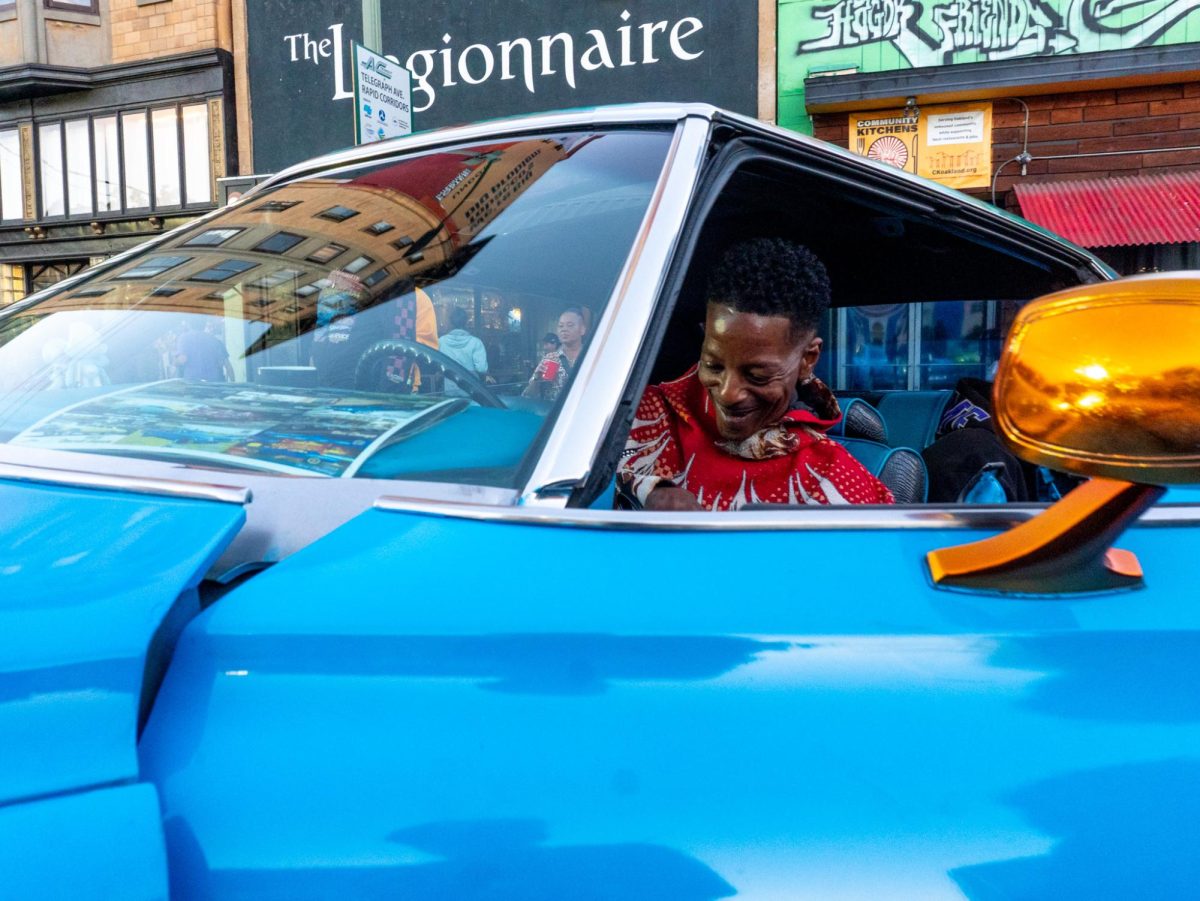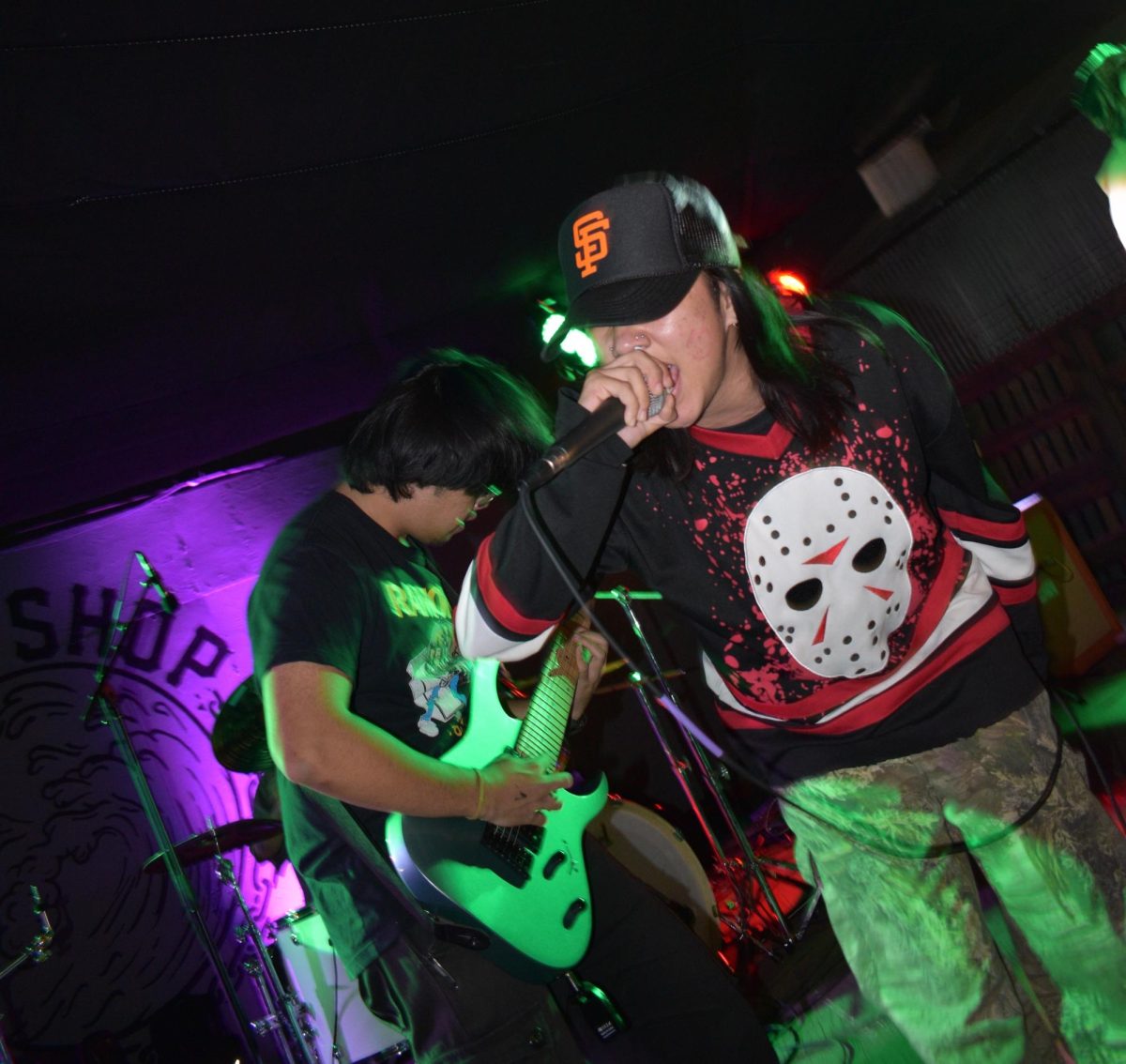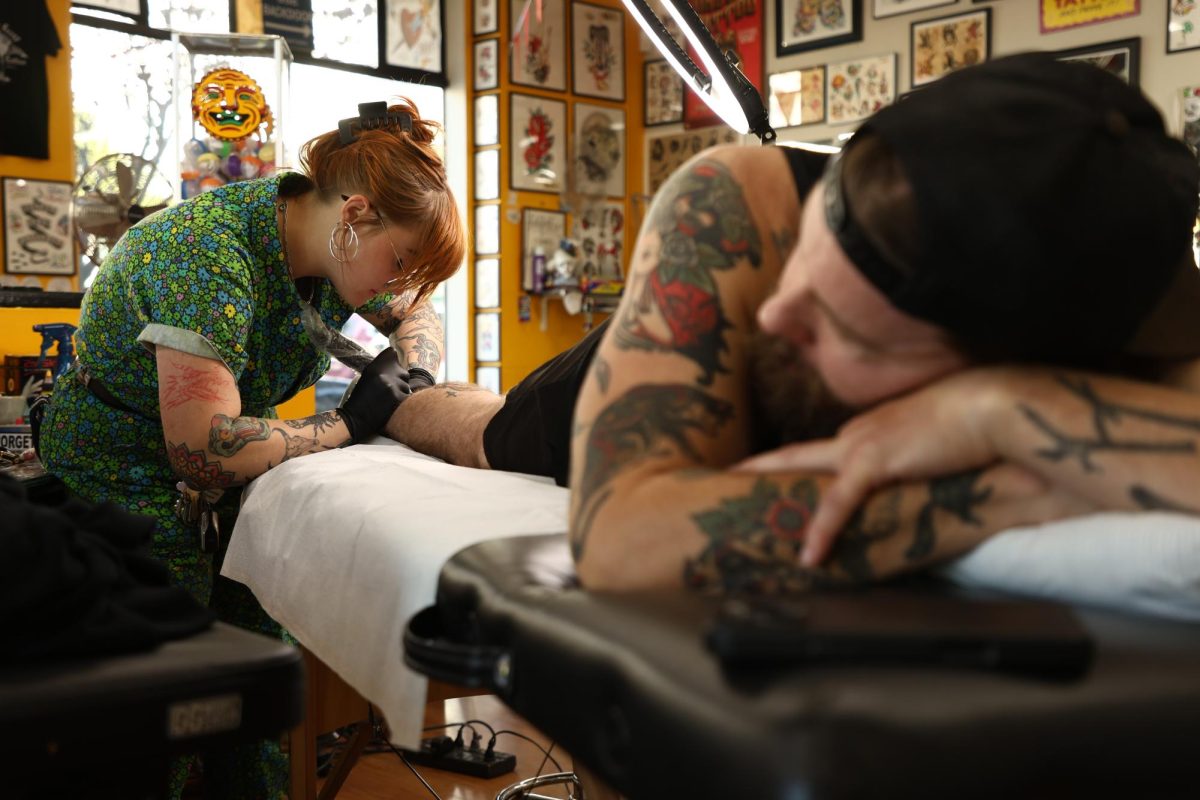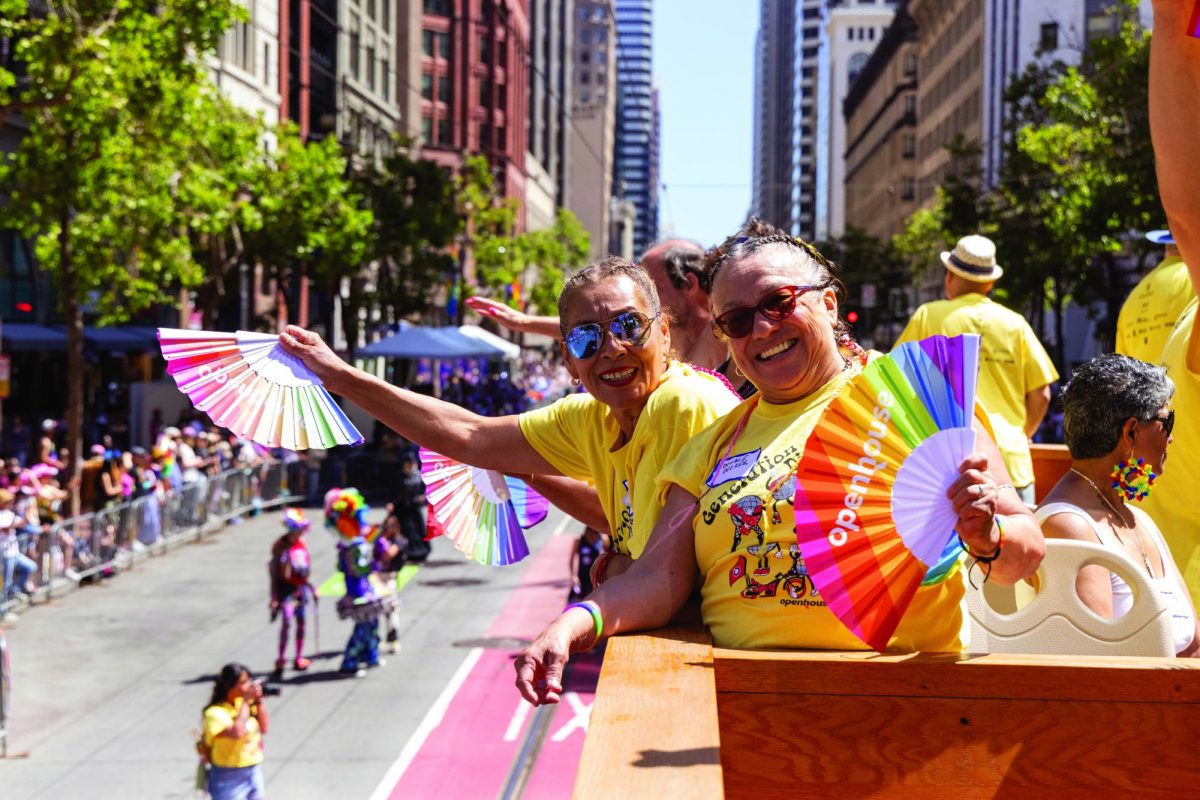
At this time of year, the level of fear among thrillseekers is heightened as horror movies and haunted houses begin to appear. As Halloween approaches, creatures of the supernatural – like ghosts and rotting zombies – become the fascination of people both young and old.
But why? Why do people find the feeling of being scared so appealing? If fear is a natural reflex to danger or a threat, why do individuals choose to seek out this this emotion?
Being scared is certainly not a new phenomenon – it has been around for centuries.
Aaron Kerner, a cinema professor at SF State, says that the “history of being allured to the horrific and the dreadful” is an approach to a degree of safety. This “safety net” that individuals have on a regular basis is finally let down once in that state of adrenaline, fear and stress.
Psychologically, there is a sort of allurement to experience dangerous activities or to venture out into the forbidden. For example, horror films give audiences a sense of fear through a screen. Instead of an individual experiencing terror, he or she knows that they are still in a safe environment.
“Horror films are important because they reflect American cultural values in a variety of ways,” said Adam Wadenius, film and media studies professor at Napa Valley Community College. “The Night of the Living Dead, for example, is not just a zombie movie; it reflects real fears about the civil rights movement, and the acceptance of otherness.”
Audiences allow themselves to identify with the enemy for they know no harm will come between them. This exposure of fear is as appealing as it is vastly different from their daily activities.
Surely, humans like being scared out of their wits by other sources. The thought of jumping off a cliff or storytelling also contributes to the desire of fear.
Ghost stories, in particular, have been told for years and years. For example, during the 18th century, Christian clergymen, known as the Graveyard Poets, wrote about spiders, bats, and other dark creatures. Their tales inspired gothic authors, such as Edgar Allen Poe and Mary Shelley, to create their popular stories that are read and beloved by many. These frightening works of fiction contribute to the excitement, interest, and thrill that some may seek in order to be completely terrified.
The haunted attraction industry, which started in the nineteenth century, began as sideshows and museums filled with abnormal creatures that are not typically seen on a regular basis. These places would draw much attention from customers who were willing to test their resilience to see these frightening scenes.
Modern haunts of today follow in-suit, but instead take upon a more theatrical approach as Hollywood-quality sets and upgraded technology are incorporated. People dressed in gory zombie costumes to creatures that are so grotesque follow the brave souls that choose to enter these freak shows. These individuals are then given an adrenaline rush that leaves them startled, yet proud once they know that they survived the walk-through attraction.
With Halloween right around the corner, these various fear-inducing fascinations produces emotional responses that work to build memories and relationships.
Have you ever wondered why people prefer to enter a haunted house in a large group rather than by themselves? In her article, Tend and Befriend: Biobehavioral Bases of Affiliation Under Stress, Shelley Taylor states that humans tend to affiliate a closer relationship with others when they are in an excited state. People need each other during times of stress.
In addition, people like the feeling of being scared as it can give them a self-esteem boost. The confidence that is felt is greatly appreciated as it can give them the idea of hopefully being able to survive a scary situation.
With Halloween creeping up, people across the globe choose to put themselves in a dangerous, fake world to experience the terror and despair that is not found in public areas. The personal pleasure of being scared can be seen as an enjoyable or even a traumatic adventure.
The final question is, are you up for the challenge?









BonsaiTreeGardener.net • Mar 5, 2016 at 9:54 pm
Hiya, I am really glad I’ve found this info. Nowadays bloggers publish just about gossips and web and this is really frustrating. A good web site with exciting content, that’s what I need. Thanks for keeping this website, I will be visiting it. Do you do newsletters? Can’t find it.
BonsaiTreeGardener.net http://www.bonsaitreegardener.net/singapore-supertrees